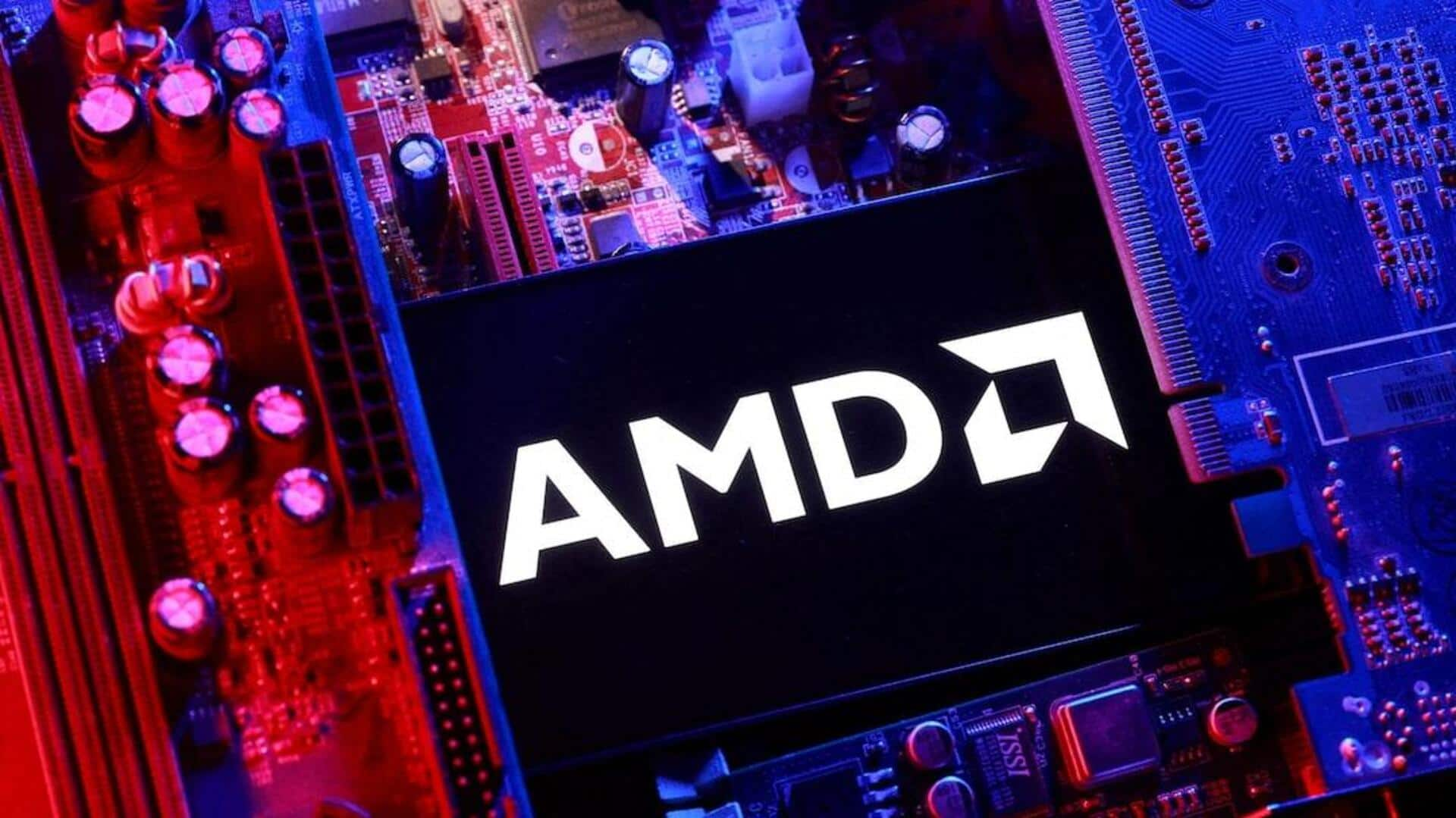
US government inks $1B deal with AMD to build supercomputers
What's the story
The US government has announced a major partnership with chipmaker Advanced Micro Devices (AMD) to build two supercomputers. The deal, worth $1 billion, is aimed at accelerating scientific research in areas such as nuclear fusion, cancer treatments, and national security. The new machines will be housed at the Oak Ridge National Laboratory in Tennessee.
Advancement
Lux and Discovery will be ready by 2026 and 2029
The supercomputers, dubbed Lux and Discovery, will be developed in collaboration with Oracle and Hewlett Packard Enterprise (HPE). They are expected to significantly speed up scientific research, potentially leading to practical fusion energy within years and transforming many cancers into manageable conditions. The first machine, Lux, is set to go live in early 2026 while Discovery will follow suit in 2029.
Technological evolution
AMD's 2nd collaboration on supercomputers with the US government
The new machines build on the work done for the Frontier supercomputer, also housed at ORNL. AMD was also involved in developing these supercomputers, making this its second collaboration with the US government on such a project. The press release announcing the partnership described Lux as an "AI Factory," saying it would be used to train and deploy AI foundation models that will speed up discovery and engineering innovation.
Enhanced performance
Discovery will feature a 'Bandwidth Everywhere' design
Discovery, the second supercomputer, will feature a "Bandwidth Everywhere" design that improves on the performance and energy efficiency of the Frontier supercomputer. This will enable it to deliver more computing output at a similar cost. The processing power of Discovery will be used to support scientific research in various fields like energy, biology, advanced materials, national security, and manufacturing innovation.
Fusion research
Supercomputers to accelerate nuclear fusion research
One of the key applications of these supercomputers will be in nuclear fusion research. Scientists are trying to replicate the Sun's power by forcing light atoms together in superheated plasma gas under extreme pressure. Energy Secretary Chris Wright said, "We're going to get just massively faster progress using the computation from these AI systems that I believe will have practical pathways to harness fusion energy in the next two or three years."
Healthcare
The machines will also transform cancer treatment
The supercomputers will also play a critical role in managing the US's nuclear arsenal. Meanwhile, in healthcare, they are expected to speed up drug discovery by simulating cancer treatments at the molecular level. Wright said, "My hope is in the next five or eight years, we will turn most cancers... into manageable conditions." This could revolutionize cancer treatment as we know it today.